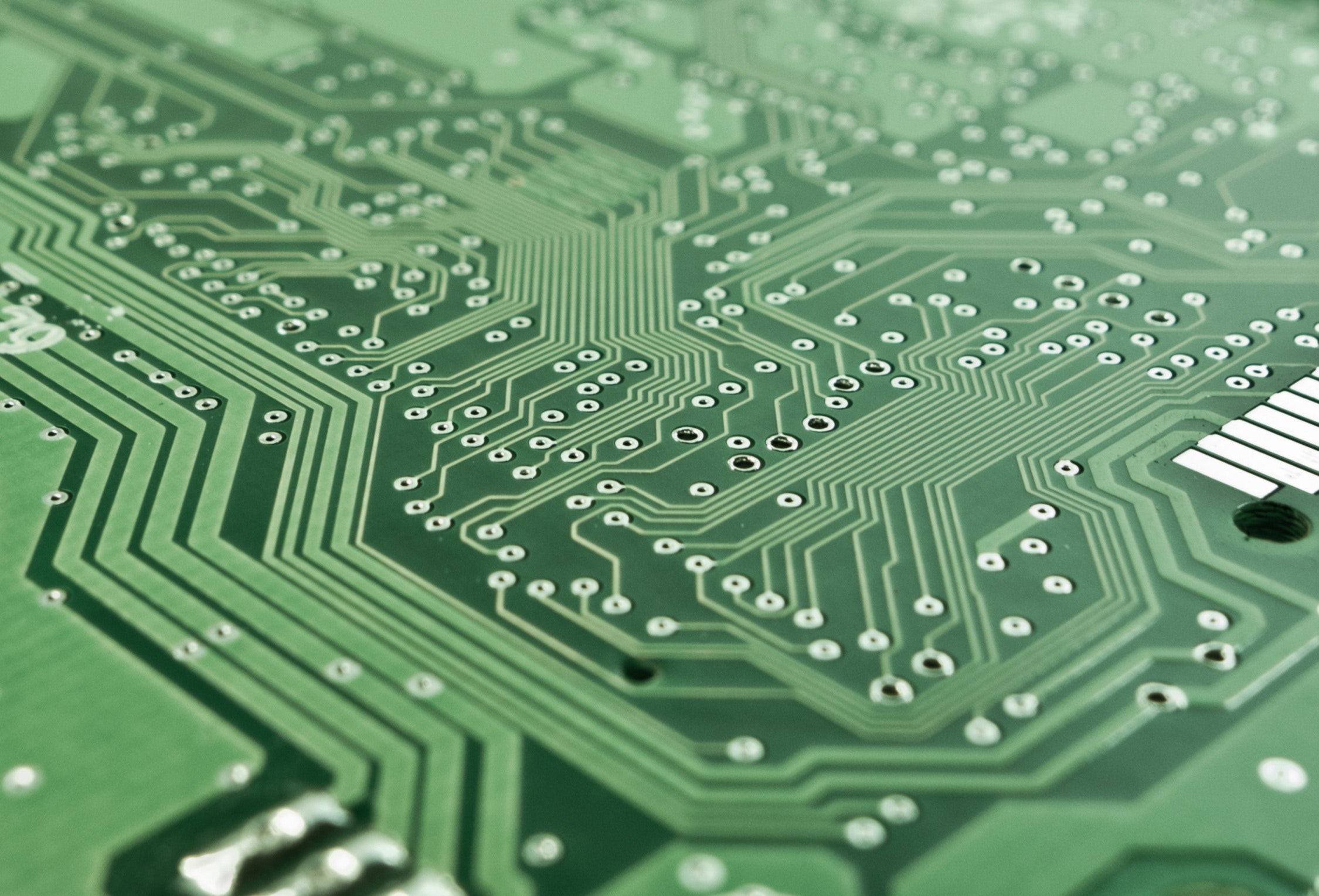Preparing for the Workforce of Tomorrow

As we experience technological advances today at a pace that far exceeds anything we have seen in modern history, many ponder the question of how technology will change their business. Business owners may ask themselves:
These significant and profound questions may have once been considered during occasional strategic planning sessions, however, today these questions must be constantly assessed in real-time by business owners in any industry or profession.
There is not a single industry today that has not been impacted by technology, and for decades, businesses have become accustomed to investing in automation and adapting their products and services to stay relevant. While there have been industries, such as manufacturing, that have seen jobs replaced by machines, many industries have simply integrated technology into existing jobs to make workers more efficient and productive. Increases in robotics and artificial intelligence have the potential to quickly change that and permanently alter the workforce, as we know it today.
So what does that mean? Will robots and computers replace human jobs in the next 10 years? 20 years? Likely not, but the workforce across most industries will be drastically different in 10 to 20 years. Many studies, such as “The Future of Employment” completed by Oxford University, cites jobs that are susceptible to automation are not safe, however jobs that involve building complex relationships, involve significant creativity, or are highly unpredictable are maybe more secure. While the workforce and skillset required to perform in many industries will rapidly change, the industries themselves will in large part remain intact.
Therefore, the key to navigating the workforce over the next 10 to 20 years is being able to monitor technological trends and quickly adapt. Manufacturers will continue to see their processes automated, however, the traditional blue-collar employee will be replaced with higher salaried employees that are able to program and monitor technology. Retail will evolve and storefronts will continue to decline, however as retail products also become more technologically advanced, they will require a new workforce to train the consumer and service the products. Professional services such as lawyers and accountants will need to adapt, as their products will become more consultative and artificial intelligence will automate the traditional products those industries have historically sold. Even the medical profession has seen surgeries performed by robots, however, patients will always need a human to comfort them and explain the procedures performed. For any jobs replaced by technology, new jobs will be created for those to create that technology, monitor that technology and sell that technology.
Humans will always be the ultimate consumer of products and services. As a business owner navigating the future of technology put yourselves in the shoes of the buyer. Are you selling something that you would be comfortable to buy from a computer or robot? If the answer is yes, now is the time to adapt or you will find yourself left behind.
Get ready, because by subscribing to our email insights, you'll be among the first to hear from our experts about key issues directly impacting your privately held business or not-for-profit.